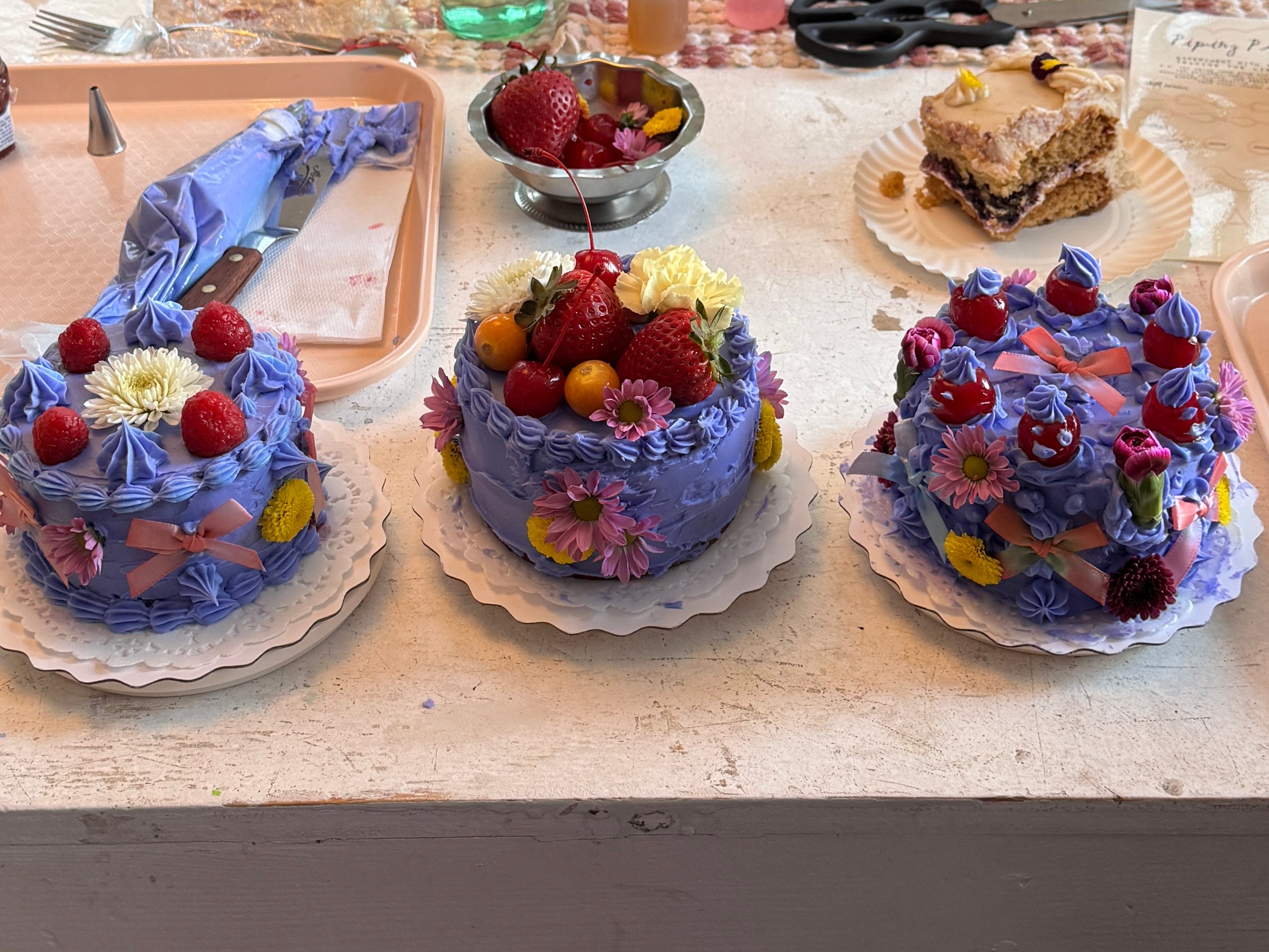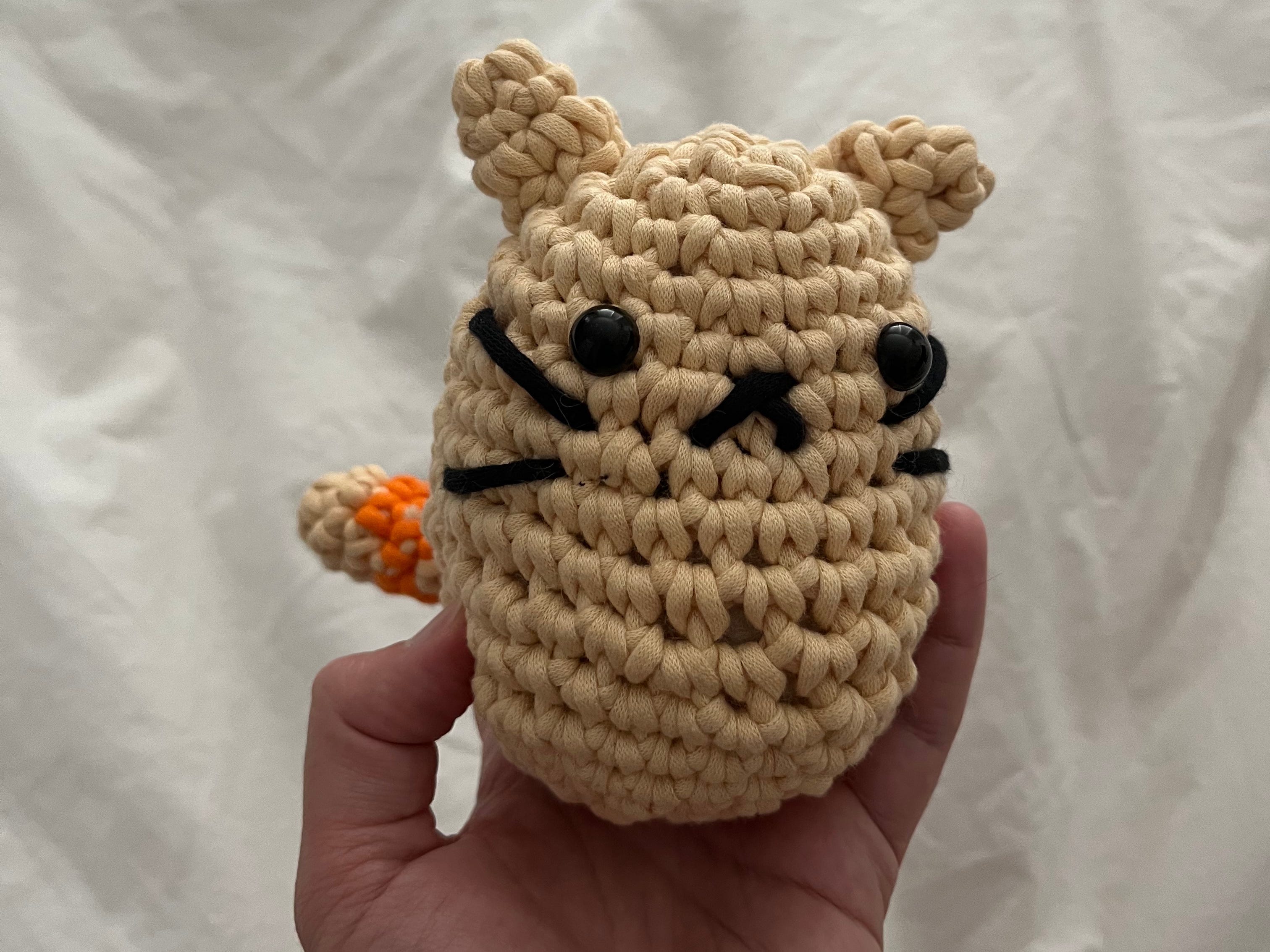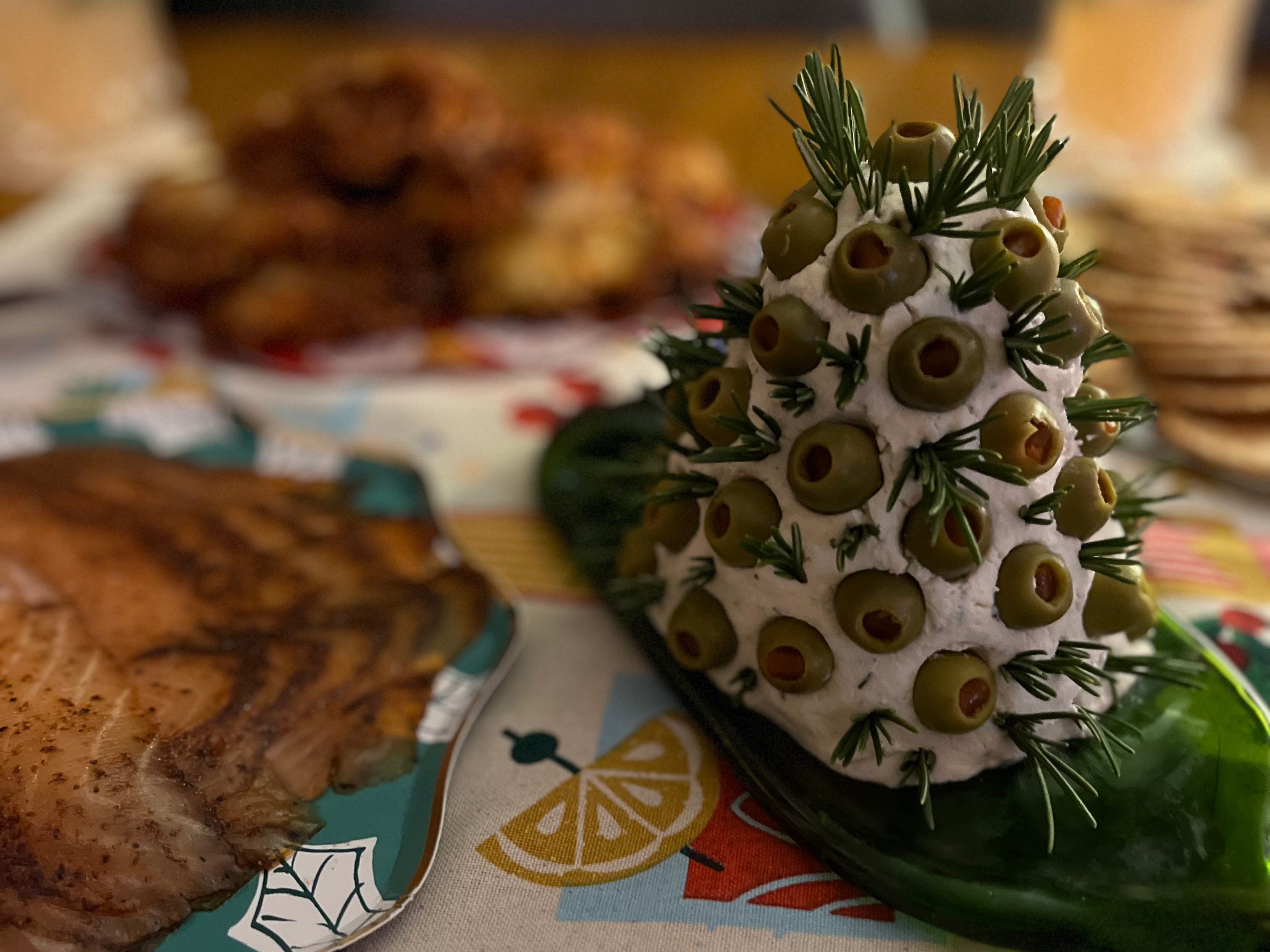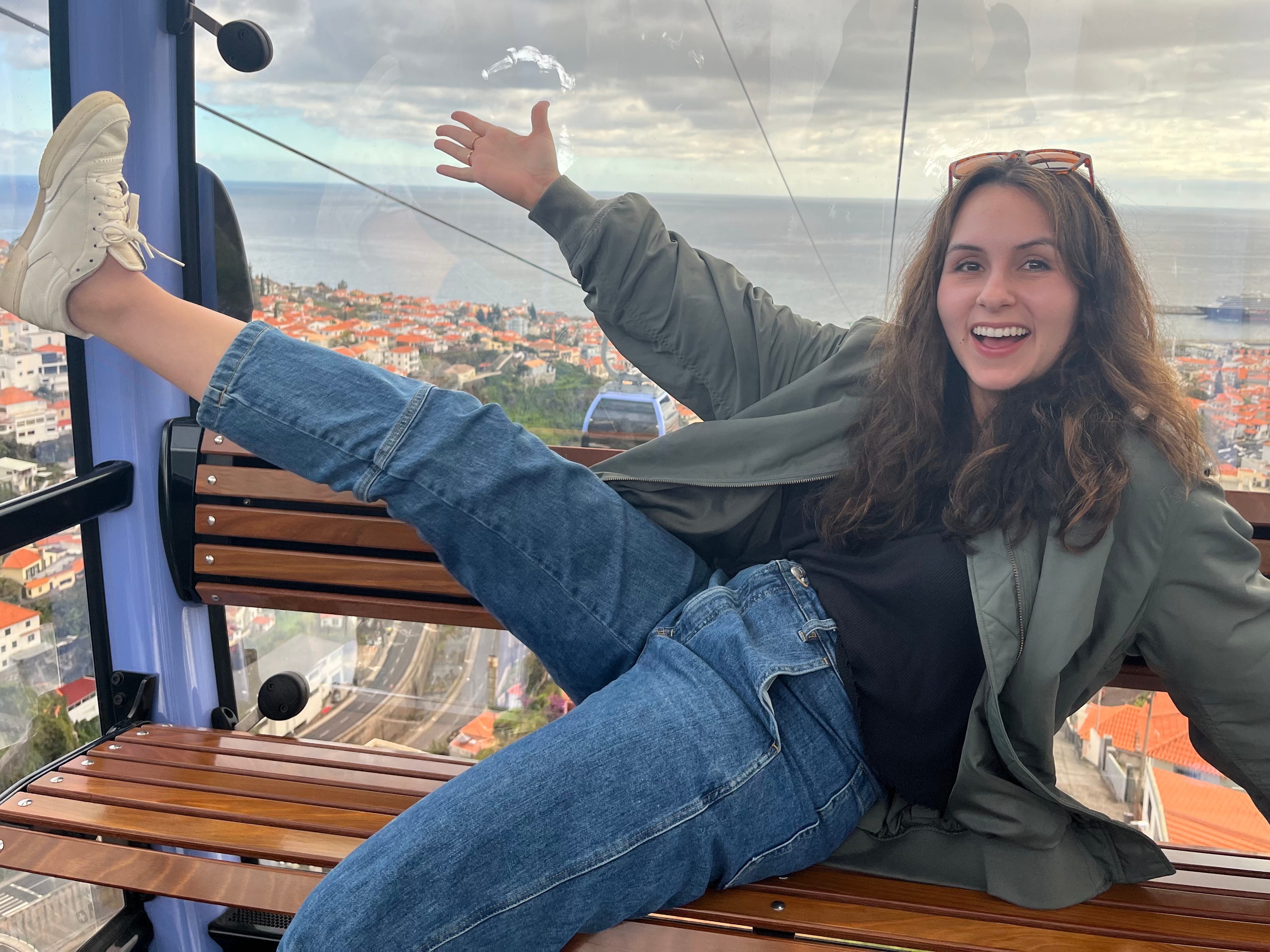
Julia Pugachevsky
Right when I hit my mid-20s, my social luck dried out.
It seemed that nearly everyone — my high school friends, my college crew, my work buddies — secretly met and conspired to all leave New York at the same time to personally wound me. Sure, they cited reasons like “affordability” or “new career opportunities,” but I knew the truth: I was being punished.
As my weekends became sparser, I knew I had much to blame for feeling so lonely at 24. Besides some friends moving away, others were entering new relationships and were in that phase of blissfully disappearing for months. I started a new job, so I couldn’t rely on my old company’s happy hours anymore. Plus, I was an only child, and my parents were both only children and immigrants, leaving me with a small, spread-out family.
I’d lament all of these facts while I sat in bed, balancing my phone, a laptop, and Thai leftovers. While all played a role, I was missing the painfully obvious: the problem was sitting right there, scrolling on Instagram.
It took me a long time to realize that my social isolation was mostly within my control. I didn’t, in fact, have to succumb to the reality that life would only get bleaker with age: I could use that painful time as a major turning point. I could simply become a more outgoing, present friend.
When I see Gen Zers sobbing on TikTok about being lonely, I don’t just want to shake them; I want to shake my younger self, who was identically distraught at that age — and who didn’t know how a few simple changes could turn everything around.
I found hobbies again

Julia Pugachevsky
At the height of my loneliness, I didn’t want to focus on my friendships. I longed to excel in my career.
Because I studied TV writing in college and wanted to eventually pivot my way into the entertainment industry, I’d leave my day job in media to go home and punch out half-baked scripts in my room instead of hanging out with my roommates. My job was writing, my “hobby” was slightly different writing. I was sort of bad at both, with fewer friends to boot.
Once I reached the burnout point of no return, I remembered that I loved singing in high school.
I nervously auditioned for a women’s choir and started going to weekly rehearsals in the basement of a church. Suddenly, I had new people to interact with and built-in plans every Monday night.
Despite quietly keeping myself to myself, I made one new friend — and learned that a fun activity with repeated exposure is one of the easiest ways to form friendships as an adult. It’s a lot more tedious to connect with someone you met once at a party, stuck in the never-ending quest to nail down when exactly you’ll get drinks (only to have to do it again two months later).
Over the years, I’ve slowly made friends from different choirs, a few run clubs, a musical theater program, weightlifting classes, and volunteer events. I’ve even made writing outside work a social activity, meeting with friends from choir or weightlifting.

Julia Pugachevsky
If I were to join that first choir again today, I’d be joining it as a new person — someone who can more easily chat up strangers, instead of poring over already-read texts on my phone in the corner.
The best part? I’m not limited to only asking about the other person’s job or what Netflix shows they watch. Their hobbies are far more interesting.
Pushing myself to reach out first

Julia Pugachevsky
While my social circle slowly filled out in my late 20s, I kept hitting the same wall: I was terrified of reaching out first.
I’d wait to see who’d invite me to a party or to hang out that week. When nothing happened, I’d sit at home and spiral. With fewer plans, I became more convinced that people didn’t want to be friends with me. This made it all the more difficult to reach out first. If the person said no (or ghosted), how would my ego bear it?
My fears weren’t completely unfounded. Thanks to social media, there are far more ways to feel rejected, whether you get a long text outlining your faults or simply no response at all.
The only way out was through. I slowly had to get used to reaching out first and accepting what happened next. If the friend couldn’t get drinks that Tuesday, but offered an alternate date? Great! If they kept flaking, well…I got my answer. Doing it over and over again not only made the latter less scary, but also revealed that most people actually do want to hang out. Who knew?
With time, it became easier to go bigger. I read books like “The Art of Gathering” to learn what felt like a foreign skill: hosting events. Over time, I started throwing small dinner parties and kicking off vacation planning.

Julia Pugachevsky
Some memories (Friendsgivings, National Parks trips) became my favorites. Others, like a New Year’s party where far fewer people than expected showed up, I’d rather not relive. I also learned that I could survive the worst, middle-school era scenarios I dreamed up.
Now, my social life is an even mix of friends inviting me out and me texting them first. It no longer feels like “work” to book a reservation or find a movie to go to. It’s the pre-requisite to fulfilling friendships, because the onus should never fall on one person to do all the logistical heavy lifting.
Prioritizing stronger connections

Julia Pugachevsky
By my early 30s, I felt so much better about my social circle. In fact, I started to have the opposite problem: I was always busy, but not necessarily connected.
Saying yes to everything meant I didn’t really commit to anything. I’d ambitiously agree to three plans on a Saturday, eventually bailing on at least one. It made me a flakier, more scattered friend.
My relationships deepened once I started more closely examining who I most enjoyed spending time with. Cutting back on social media also clarified a lot, even if it scared me at first. Without the mental clutter of interacting with random high school classmates or people I met once at a party, I could better remember the details of my friends’ lives or be more intentional about who I opened up to.
More than anything, I’ve learned that friendships are never static. Some years yield more drastic social circle shake-ups than others; now that I’m entering my mid-30s, more of my friends (myself included) are moving even further away or starting families. In transient cities like New York, the changes can feel even more dramatic.
But I know that if I ever feel like I did in my mid-20s again, there are steps I can take to feel less lonely. Sometimes, it’s as simple as being a better friend.
The post I was horribly lonely in my mid-20s. Then I realized: I was a boring, flaky friend. appeared first on Business Insider.




